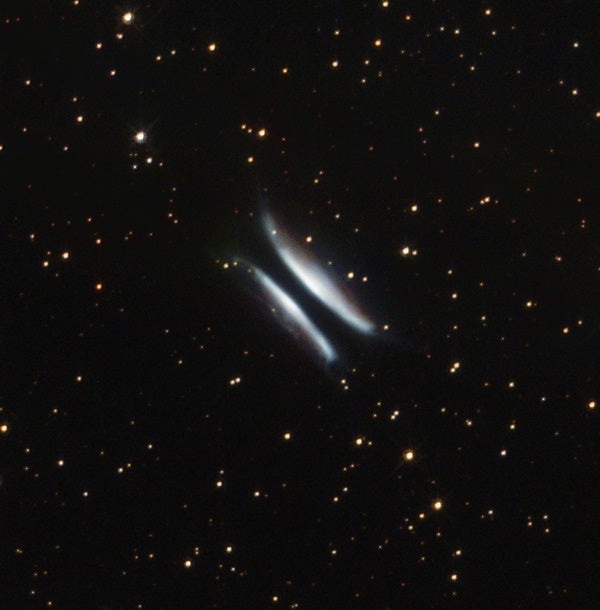Right now we can’t observe extrasolar Oort clouds, if they exist. (Not for lack of trying; we’ve been looking for them since 1991!) In fact, we can’t even directly observe our own Oort Cloud. We can only extrapolate its existence based on the statistics of long-period comet orbits.
We can observe Kuiper belts in other solar systems; we call them debris disks. So what does the Kuiper Belt have that the Oort Cloud doesn’t? We observe debris disks by detecting the infrared emission from the tiny grains of rock and ice that make up a disk. These grains are warmed by their star, and they re-emit that heat as infrared radiation. To be detectable with our current telescopes, a debris disk needs to be hot enough and dense enough to produce a certain amount of infrared energy.
The Kuiper Belt is at least a thousand times closer to the Sun than the Oort Cloud is estimated to be (30 to 50 times the Earth-Sun distance compared with 3,000 to 50,000 times). That means grains in the Kuiper Belt are roughly 45° C warmer than Oort Cloud grains, which experience temperatures only a few degrees above absolute zero.
Now, a hotter star might heat up an Oort cloud enough to avoid this problem, but the Kuiper Belt is also much denser than the Oort Cloud. In fact, the faintest debris disks that we can detect are 1 million times denser than an Oort cloud would be.
This explains why we don’t observe extrasolar Oort clouds, and also why they wouldn’t block our view of their star — they’re just too cold and made up of mostly empty space, leaving plenty of room for starlight to shine through.
Carnegie Institution for Science
Washington, D.C.










